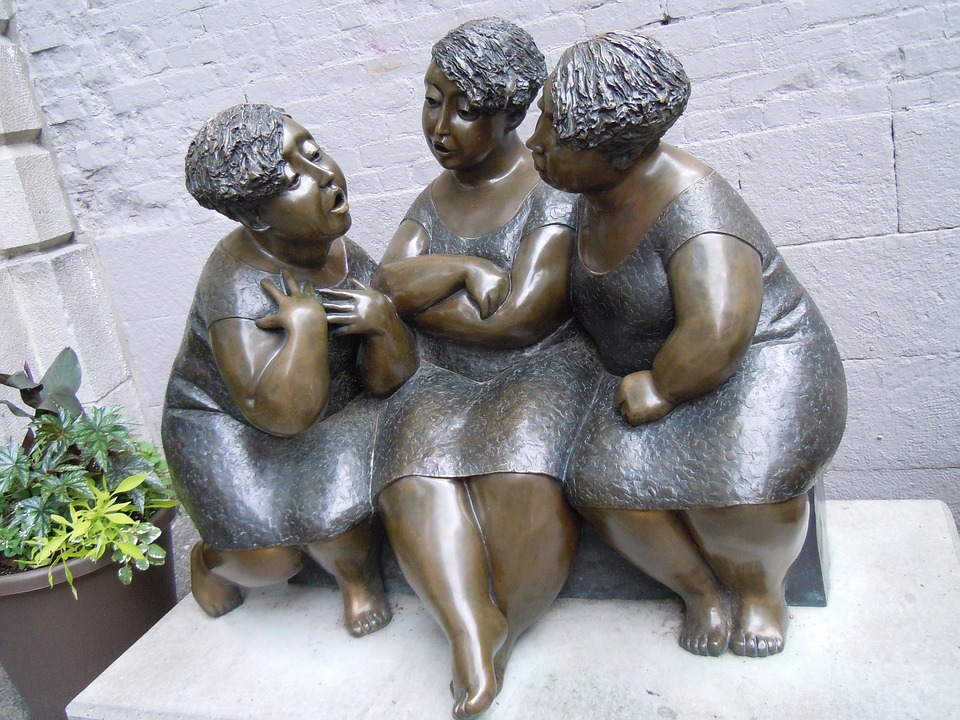Status of Women in the 18th Century and in French Revolution
A review of women’s status was first attempted in Britain and the US in the 18th century. The amount of attention women received was incomparable since they remained in obscurity for a long time. Basically, the male-controlled society defined the gender behavior and roles and maintained that men were ordained for public life while women for the ‘private’ sphere (Dobosiova 6-40). This status of women remained unaffected for centuries until the 18th century when it became a subject of interest (Berenguier 79; Worell 594). In the 18th century, women enjoyed limited freedom compared to men and occupied a secondary position.
Status of Women before the French Revolution
The construction of roles, identities, and images of women has been a persistent theme in literature, media, and cinema. In the past, expressions and representations of women were subjects of debate which involved a great deal of attention and interest (Hufton 51). Women were studied scientifically, for instance in academic publications and popular magazines. In the 18th century, there were some literary works that focused on women’s social and family status and their role in the social order. They also revealed the cultural attitudes and assumptions towards women. In Britain, the press ensured that women participated as readers and writers in the male-dominated society. Additionally, there were articles which dealt with disseminating the cultural image of women, thus penetrating into the public consciousness and perception (Tague 35). The publications offered the readers the female social relationships, identity, and behavior from the given historical, social, and cultural contexts. Most publications were anonymous to ensure identity protection. The terms lady and woman defined difference and identity. The references described the conduct and behavior of women (Hippel and Sellner 170).
In the British society, there were four motives for getting married. Firstly, the traditional motive for the wedding was political, social, or economic consolidation. Thus marriage was considered an agreement between the two families with the aim of consolidated benefits (Jones 61). Secondly, it was a friendship, personal affection and companionship based on the psychological, moral, and intellectual qualities of the soon-to-be spouse (Wipprecht 15). Thirdly, it was a physical attraction enthused by mutual experimentation before the wedding. Lastly, it was romantic love and blindness to person’s possible defects. In the early 18th century, there were changes in the human relationships and marriage. It was ‘well-thought-out’ that men and women should be given the future spouse suggested by their parents. Women were bounded in their selections of men who approached men. Women could only embolden the men’s initiatives but could not start the wooing (Dobosiova 25-30).
A majority of women were considered the property of their husbands or families. Upon matrimony, a woman became her husband’s property including everything she earned, as well as owned. In the marriage contract, the husband vowed to protect and support his wife, and in return the wife promised to obey and serve him (Tague 72). Marriage gave a woman her identity and status (Wipprecht 15). It was a distinguished position in the society. In addition, the sexual behavior of a woman was expected to be controlled and modest, as infidelity was looked down upon. At that time, women had no access to the birth control methods; hence there was less sexual freedom compared to present days. Women could not have access to jobs since they were few and therefore had no choice but to get married.
The legal status of a woman was dependent on whether the woman was married or single. In the 18th century, the legal status of an unmarried woman was comparable to that of a man. A single woman had the same responsibility and rights as the man, namely suing, making contracts, and owning properties (Tague 35). In private law, a single woman had no rights resulting in exclusion from citizenship (Godineau 158). On the other hand, a married woman was seen in a different way. The married woman had no distinct legal identity since she was under her husband, that is, the husband had control over her property. She could neither sue nor be sued, as well as she could not enter into contracts. In addition, a married woman had no freedom of leaving her home without the consent of her husband and could not claim the custody of her children. Hence the law ‘infantilized’ married women by considering them to be incompetent of managing their affairs (Wipprecht 9)…
Let Us Help You with Your History Research Paper
At the same time, we don’t want to leave you to your fate, so we will offer you the ability to order a history research paper on any topic. You will then get a paper completed according to your requirements within the specified deadline. Make an order as soon as possible and breathe a sigh of relief!

Leave a Reply